
__
The Templo Expiatorio Nacional de San Felipe de Jesús is the National Expiatory Temple of San Felipe de Jesús. A Neo-Romanesque style, nearly unique in the city, the church might be largely forgotten if not for its very prominent location on the calle Francisco I. Madero, perhaps the most prominent street in the Centro Histórico.
It’s little known today, but Saint Philip of Jesus is also the patron saint of Mexico City. He was one of the 26 martyrs of Japan. Baptized as Felipe de las Casas, he was born in Mexico City in 1572. Felipe had joined the Reformed Franciscans, but eventually left the order. He went to the Philippines, and he lived it up while pursuing a mercantile career. He later re-entered the Franciscans, but as there was no bishop in Manila to ordain him.
He set sail for Mexico on a ship, ironically called the “San Felipe” in 1596. Unfortunately, the ship famously ran aground on the coast of Japan. The Japanese believed that Spanish missionaries were a prelude to invading their own kingdom. The entire crew and passengers were arrested Miako, today’s Kyoto.
By early 1597, all of the prisoners were marched to a mountain near Nagasaki city, bound to crosses, and martyred with spears. Felipe was beatified in 1627, and canonized in 1862 by Pope Pius IX.
Like Mexico City’s other “expiatory” temple, this one was built entirely with private funding. No money came from the government and nothing came from the church.
The plot of land was previously occupied by the Chapel of Our Lady of Aranzazú. That church was demolished as it could no longer be stored. This project was taken up by Emilio Dondé who was simultaneously completing the dome of the Nuestra Señora de Los Ángeles church not far away in the colonia Guerrero. Construction took place from 1886 until 1897 when it was officially opened.
The nearly unique Neo-Romanesque style is complemented inside by the mostly neo-Byzantine-style mosaic work. The mosaics are not quite as unique, appearing, most prominently in the Porta Coeli Church just across the city center. This church has two side entrances and an independent chapel.
The remains of Felix de Jesús Rougier are deposited in this temple. The temple has been run since 1931 by the Roman Catholic Missionaries of the Holy Spirit. A Catholic religious institute, it was founded in 1914 in Mexico City by French missionary Félix de Jesús Rougier. His remains are interred within the church.
Hours: Daily from 7 a.m. to 10:45 p.m.
 +52 (55) 5521 6860
+52 (55) 5521 6860
 https://mspsprovinciamexico.org/templo-de-san-felipe-de-jesus/
https://mspsprovinciamexico.org/templo-de-san-felipe-de-jesus/
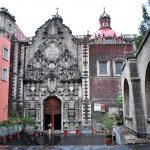
Nearest at 0.04 kms.
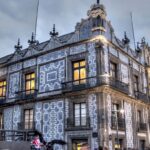
Nearest at 0.04 kms.
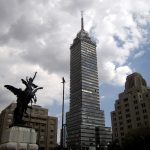
Nearest at 0.07 kms.
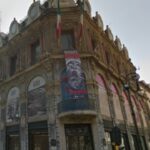
One of Avenida Madero's most famous corners . . .
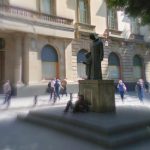
One of the unusually placid streets in the Historic Center . . .
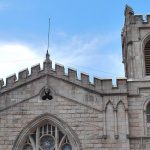
A historic Methodist church on the Avenida Balderas . . .
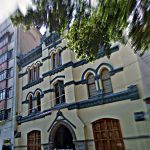
A historic Methodist church in the old grand cloister of San Francisco . . .
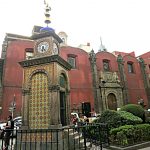
One of Mexico City's best known public plazas...